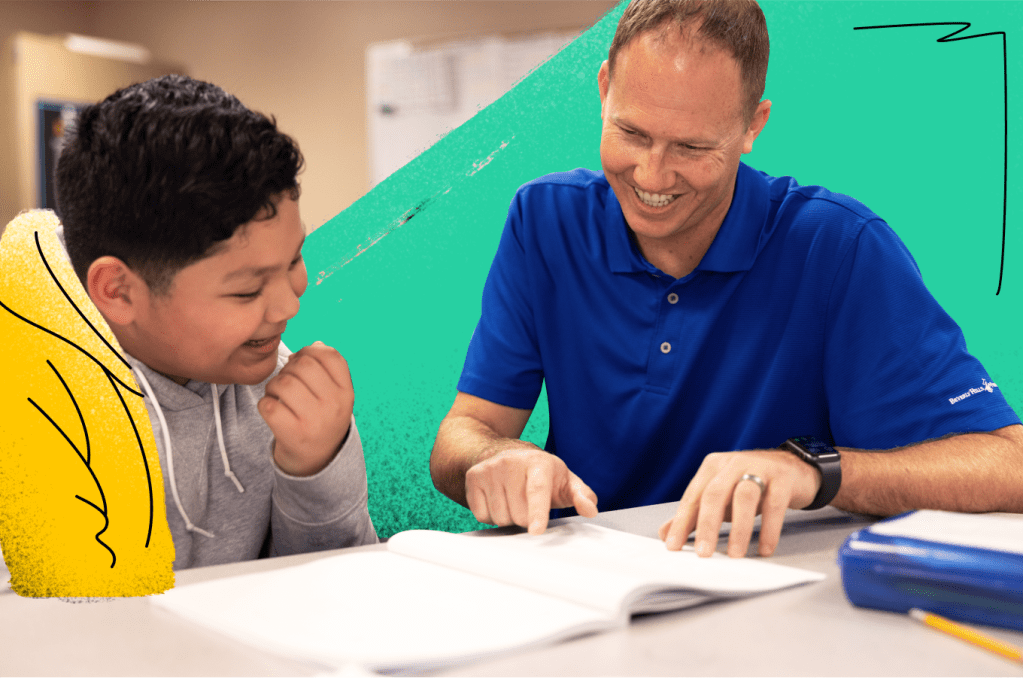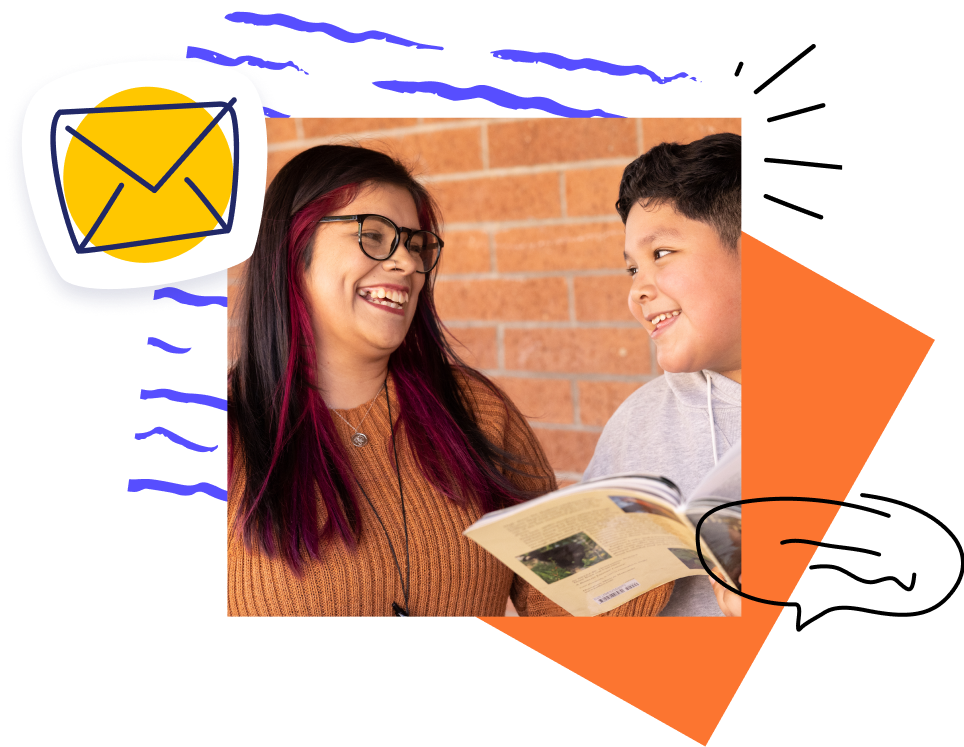Student motivation and engagement in the classroom continues to concern school leaders, years removed from the height of the pandemic.
In Education Week’s recently released Student Motivation Special Report, key survey findings revealed that 41% of secondary educators said their students were “very” or “somewhat” unmotivated. The report also found that 87% of middle and high school educators believed the pandemic has caused a decline in student motivation. Students themselves are reporting a somewhat different view, with 38% saying that the pandemic has made them a little or a lot less motivated in school. These results raise important questions about why there is a perception gap around motivation. And, it is making educators aware of a more long-standing need for resources geared towards improving engagement for students.
Today, school leaders across the country are looking for solutions that help drive student engagement and meaningful learning, while recognizing that students need to feel connected post-pandemic and long into the future within secondary classroom settings. Bridging teacher and student connections and communication is foundational for better engagement and improved learning outcomes—particularly due to the recent disruptions in the classroom.
Along was created by educators for educators to support teachers in building strong relationships with each student. And, years of research shows that positive teacher-student connections drive a stronger sense of self, a greater ability to learn, and the potential for better life outcomes. If a student doesn’t feel seen or known by their teacher, it can be difficult to show up to class ready to learn. However, when there are positive one-on-one teacher-student connections, engagement and motivation can shift for students to enable stronger academics and other important skillbuilding on the path towards becoming whole adults.
Strong teacher-student relationships can support positive student outcomes around learning and engagement.
Here at Along, we wanted to dig into how students and educators are affected when school culture is centered around positive teacher-student connections. That’s why we’ve shared several recent case studies and stories that show the important impacts of a focus on these critical classroom relationships.
After using Along to connect teachers and students at Rochester Public Schools (RPS) in Rochester, Minnesota:
- 83% of students said that Along has helped their teacher get to know them.
- 76% of students said that Along has helped them be more open with their teacher.
“Teacher-student connections open doors to support academic effort and learning in the classroom,” said Will Ruffin, II, Executive Director of Equity and Engagement, RPS. “We knew that we had to find some way to offer a different kind of connection for our students and teachers, and Along filled that void for us.”
You can read more about the RPS case study results.
De Zavala Middle School counselor Jana Petty shared in a recent article why teacher-student connections are so important at her Pasadena, Texas-based school.
“One of the most important things I’ve learned as a counselor is that kids who are acting out at school are usually hurting or angry because of what is going on outside of school,” Petty said. “When we make the effort to get to know our students, we are also making school a safe space and creating opportunities to motivate them to succeed.”
Looking for more reasons to consider bringing a relationship building tool like Along to your school? Check out how the school leaders at Thompson Intermediate School in Houston, Texas created connections and shifted school culture in two separate case studies:
- Create connection: from vision to implementation
- Along: a tool to keep a pulse and shift school culture
You can learn more about bringing Along to your school with our Along for School Leaders resource sheet, or visit our For School Leaders page.

